This article is part of a series called How to Write a Resume. To start this series from the beginning, read the introduction.
I’m guilty. I’ve done a few big no-nos over the years with my resume. Some of my resume writing sins were stupid, some were silly, but most were made ’cause I didn’t know any better (so back to stupidity). Either way, I’ve learned there are rules when writing a resume. There are the resume do’s, but there are the big sinful resume don’ts as well.
| Resume Writing Series: |
|---|
This post is a warning for all job-seeking resume writers. Committing any of these 10 sins could send your resume straight to trash bin hell. I should know, I’ve seen many of these resume mistakes made on applications to join my team(s).
Here are 10 stupid sins of resume writing (The Don’ts):
1. Don’t write a bloody book.
The goal of your resume is to land you a job interview, not to publish your autobiography. Keep your resume to one page, or two maximum. If a hiring manager doesn’t like your first page, s/he is not flipping to read the second. So keep it short and sin free.
2. Don’t screw with instructions.
If the job description says to submit resumes in Portable Document Format (PDF), then follow the directions. Not taking instructions well at this early stage in the hiring process is a sure fire way to get burned. Fan the flames BEFORE submitting your application by reading the employer’s hiring instructions. Do research the prospective employer’s needs, match your resume to the employer requirements, and follow all job notice instructions before you submit.
3. Your email address is: Pervy@P0rnilicious.com
Don’t use your sinful email address on your resume. YUCK. Keep it clean and professional to get past the hell heap. For example, JohnSmith@domain_name.com wears the halo and goes to resume hiring heaven.
4. Don’t write “references available upon request”.
I’m guilty of this sin. But “references available upon request” is implied. If you land the interview and an employer at this stage wants references, of course they will ask. Besides, removing this line saves some space for the good stuff, listing your accomplishments. Every pixel counts.
5. Don’t list references on your resume.
Never list specific references on your resume. Keep your references safe from harm by submitting them only after the interview. Who knows, maybe you won’t be interested in working for an employer after meeting them. So keep reference emails, addresses, and phone numbers private for only those jobs you really want. Just keep them ready on a separate sheet.
6. Don’t be a designer.
Unless you are a designer and know how to create resume templates, then don’t go dizzy on a dramatic looking resume. If you’re using multiple fonts, colors, sizes, and titles – chances are your attempts are going to look messy. Hiring managers have little time for strange layouts and will not take the time to decipher your font codes. Stick to simple, clean layouts to showcase your accomplishments, not your dismal design.
7. Don’t use a cookie-cutter resume template.
I feel so evil. Don’t be a resume designer but don’t use a resume template either? What gives! Well, resume templates (like those available in Microsoft Word) are sooo common. Most hiring managers can recognize them a mile away. If you’re going to use the most popular resume samples and templates in the whole freggin world, then do reconsider. A little change here and there can make a difference.
8. Don’t do chronological order.
Sometimes your most recent job is not the most critical experience for the position. If you’re currently working at Starbucks waiting to land an accounting job, then list your relevant experiences first. I don’t care if you can make a latte, seriously.
Hint: Organize your resume to consider the reader’s interest. What does the hiring manager care most about? Your skills? Your accomplishments? Your most relevant work experience?
9. Don’t get sinfully personal.
You’re looking to land a job interview, not liaise for a date. Keep highly personal information off your resume. No one cares if you are single, married, or divorced. Also, do not include your age, race, or gender. Listing these personal stats could encourage discrimination.
As a funny note: I once interviewed with a company who was surprised to see I was a woman. They were baffled and totally blew their interview with me. The first question out of the interviewer’s mouth, “You’re not a guy?”
10. Don’t email your resume in Microsoft Word (.doc) format.
For some reason, I’ve seen many resumes emailed and attached in .doc format become garbled. No hiring manager wants a garblely gunky resume. If you’re regularly sending your resume as an email attachment, do send in Portable Document Format (PDF). The PDF format keeps your resume looking as you intended. You may even consider just a plain text (.txt) version of your resume for sending electronically. Whatever the file format, be sure your resume is aligned with the requested format of the employer.
Avoiding any of these 10 deadly resume writing sins can keep you from the trash bin of hell. Avoid the flames by writing a solid resume free from any of these mistakes.
Ever goof on your resume? Send something with errors or mistakes? Did you still get an interview?
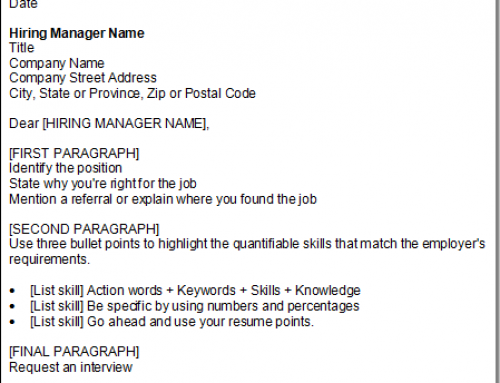
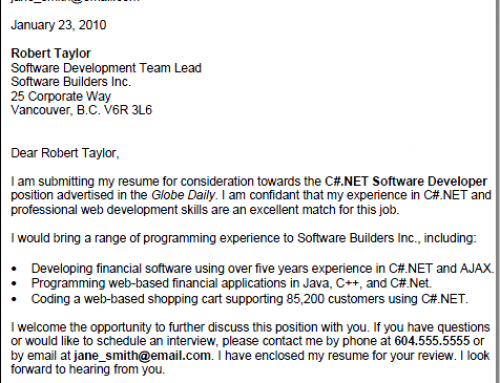
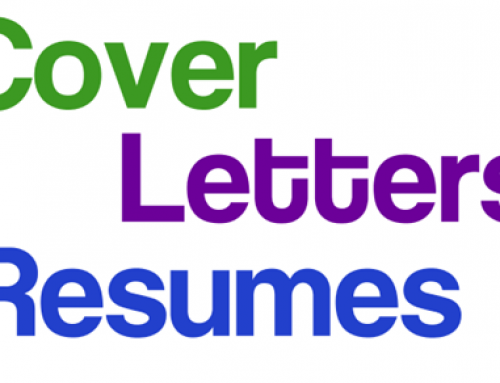
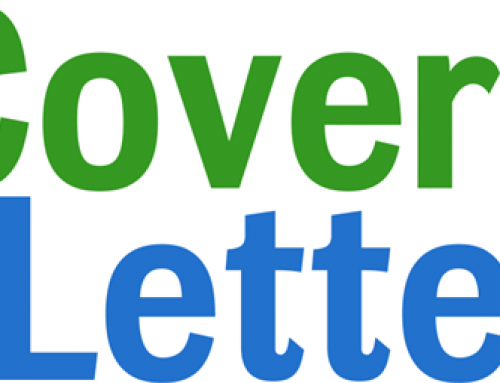
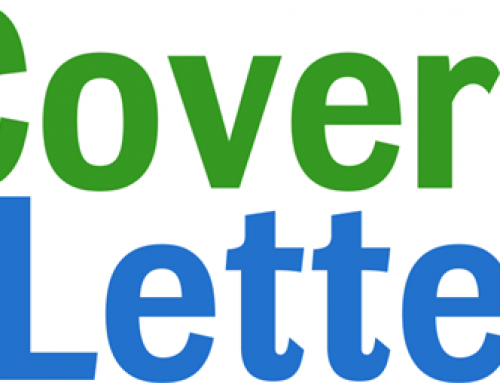
Another reason for not sending a resume in by .doc format is that .doc (or .txt) can be edited, whereas .pdf cannot. The last thing you need is a recruiter accidentally hitting enter or something else while reading your resume and then forwarding the newly edited resume on.
Incidentally, I make a fantastic latte…
@Beth You are so right about accidental edits. I’ve also heard of headhunting agencies purposefully changing resumes. I always send a PDF version though, just to keep my resume looking (and reading) as intended. BTW: I love a good latte. 😀
Great list. Am linking this!
Oh dear. I’m a relative newcomer to computers, etc., and have no clue how to create and send a document in .txt (tried in Notepad, something failed to save) or in .pdf 🙁 [The latter requires Adobe Acrobat installed, right?] I’m sure there are plenty of books on the subject, but is there a Web site you know [offhand] that explains details like these? Will gOOgle, see what I get. How embarrassing.
I’ve actually had many recruiters and hiring managers request resumes in Word.doc and I have two in that format. One is fancier and one is very plain and doesn’t have any formatting (everything is aligned on the left). I also have a pdf and I’ll usually explain to the recruiter or hiring manager that I’m sending three different files in different formats. They seem to like that. I’ve actually gotten 4 separate interviews in the last year with that approach but unfortunately, none of these were a fit! (maybe I’m too picky)
this post made me giggle as I once interviewed a woman for a job and her email was: SEXY(insert name of her college mascot here. it’s a well known one)@yahoo.com
I could NOT believe it.
and didnt hire her 🙂
Hey Fox! I love this series you’re doing – it’s so relevant. I have a question about DON’T #8. If all of your recent jobs have relevant experience (aka consistent forward progress), do you keep them in chronological order or do you weight them according to direct experience?
What I mean is – if I started out as a staff assistant, became an executive assistant next, and moved to a program coordinator job most recently, and I am now applying to be an executive assistant at a big firm – does the program coordinator job go up top or does the EA job because it most directly pertains to the application?
Thanks!!
I just used your resume writing and career-building resources to apply for a job that suits me very well with a company whose CEO I’ve admired for a long time (iRobot). If I get the job, all credit goes to you, squawkfox! 🙂
Interestin points, I am guilty of the WORD thing, but most job postings are asking for it, but if you submit it, in the NEW word format you might be “screwed” as well.
Designer resume’s are good for design jobs.
Or were you only writing this for those that are trying to land boring jobs?
Thanks for the post! I am currently working on making a perfect resume so I can get a good job when I graduate in May 🙂
Meme, she did actually begin that paragraph with the words “Unless you are a designer…” Still, I’m inclined to disagree with you. As a manager in Public Relations, I expect a designer’s resume to look like a resume (and be typo — and misplaced apostrophe — free). If I make it through the resume and I’m still interested, I look at the designer’s portfolio to make an assessment of his or her talents. Maybe I’m jaded from looking at hundreds of horrible job applications. When I see a resume that’s too “designed,” I can’t help thinking flash-over-substance, and I pass right over it.
I think this list is on the money. My only addition would be to proofread, proofread, and then have a friend or two proofread. I just finished ranking 120 job applicants for two open positions. All 120 applicants had gotten past the initial HR screening, and were passed on to me as qualified candidates. I identified six out of those 120 that were worth interviewing. Candidates whose resumes had typos or grammatical errors were out of the running. Period. There’s no room on my staff for someone who lacks attention to detail.
Bottom line: it’s dog-eat-dog out there, folks. Don’t just tell me; sell me.
I’ve read all of your tips so far and I agree with all of them, 100%.
However, I have one thing to add. While I agree wholeheartedly with the attitude that “it’s not about you” there are occasional exceptions where more personal information is acceptable in the cover letter.
One exception would be when you are applying for a nonprofit job – especially if the nonprofit is small, community-driven or regional. While you must show that you are first and foremost professional, experienced, skilled and educated, just like everywhere else, it is also a good idea to show that you actually care about what the organization is doing. If you are applying and have no non-profit experience, you may want to open or close with a statement that demonstrates an alignment with their mission or cause. This is not necessarily true in every single case, but in my experience it is important.
In my application letter to Smiths Street College I told them I was applying for the position at Smiths Street College because I was impressed by what I knew about Smith Street, I knew of many programs at Smiths Street, I felt I would achieve great things at Felix College and I looked forward to hearing from them.
Ahem. What was that? Oh yeah, I told them I wanted to work at a different school! That’s what you get for using copy-paste between subsequent job applications!
I still managed to land in interview. Shit, I wouldn’t want to work somewhere that couldn’t spot that mistake!
Melissa,
I can’t believe you sent any of that to any prospective employer. That was a run-on sentence with too many commas and too much redundancy. How many times can you say, “Smiths Street College” in your run-on sentence?
If you were really offered an interview, even despite your obvious mistake with the “Felix College” thing, I’d be truly shocked.
Why don’t people in this country value the ability to write well and why don’t people learn how to do just that? It isn’t that difficult to properly spell, use good grammar and use punctuation properly. I just don’t understand it. We are the only country in the world who proudly mutilates its own language! It’s so sad!
Ouch!
Melissa, I think you really landed in sh-t that time!
I think we all need to s l o w d o w n in our lives. Breathe. Haste really does make waste.
And don’t forget to proofread 🙂
I’m not sure I agree with #8 ( Don’t do chronological order. )
I understand your thinking on it, but it can probably backfire on you.
Another resume advice post I recently read had the following reasoning for saying not to do functional resumes:
“the format makes managers suspicious and more intent on piecing together a timeline of your employment”
And I totally agree with that. Having myself done that on both a functional resume, and more or less chronological one (as your advocating) where they sorted the order to put the part I was supposed to be more interested at the top. I had to go through and resort it in my mind to prove they weren’t hiding something, and felt vaguely like they were trying to manipulate or slip something past me by doing it that way. It wasn’t a positive to me.
Really enjoying this series (using it in place of text book readings for my Technical Communications class), but I was curious about #6. You write: “if you’re using multiple fonts, colors, sizes, and titles – chances are your attempts are going to look messy.” For me, that is the opposite of design. A well designed resume is well-designed because it doesn’t do all of those things and, instead, artfully manipulates white space and maybe font size to produce a readable and usable document. Design in resume writing, for me, involves using a minimum of bullets, geegaws (lines, etc.), and crazy fonts to suggest purpose and highlight the content.
Also, out of curiosity, what’s wrong with Times New Roman? I can’t be one to talk, I guess, as my resume is set in Verdana, but it seems that, as far as readability goes, Times is quite good (if it is a little generic). It’s especially true given that serif fonts are easier to scan, I think.
Anyway, great series.
I’ve helped my husband find several jobs with a resume I made in the old AppleWorks “drawing” program. Break free from the cookie cutter!
I also have thrown out a bunch of resumes with grammatical errors and typos.
Now for a question, what do list when you’ve been a stay at home mom for four years?
I’ve been volunteering, and go to school full time, but I still need to find a summer job after five years of unemployment.
Heather,
This is a run-on…”Why don’t people in this country value the ability to write well and why don’t people learn how to do just that?”
It needs a comma before “and” to separate the two independent clauses.
Consider keeping your resume in plain text. When you submit a resume through a job board or a company’s career site, it is uploaded into their resume database (also known as an Applicant Tracking System). Your resume needs to be searchable (keywords) and not littered with special designs or characters. If a recruiter can’t find your resume through keyword searching in the database, it won’t be found!
Burt,
what you are proposing is apparently under some debate. To me, the “and” is in itself a separator and a comma would make the sentence look funny. But that’s my opinion.
Heather,
If you’re so concerned with good writing, why didn’t you review your post?
You should not not to split an infinitive. You write:
“It isn’t that difficult to properly spell, use good grammar and use punctuation properly.”
That should read “It isn’t that difficult to spell properly,”
That is to say, I clearly don’t care about good writing since I didn’t review my own post. Otherwise, I would have removed the duplicate “not.”
Is that egg on my face?
[…] Ten Resume Sins: http://www.squawkfox.com/2008/11/20/10-deadly-sins-of-resume-writing/ […]
I end interviews early when a potential employee tries to ‘sell’ me on his qualifications. Humility and honesty speaks volumes more than shameless self-promotion.
This is a great article and thanks for writing this. This knowledge makes a recruiter’s job just a little easier and may give a job seeker an edge.
There is one part of this article that I disagree with and that is sending a resume in PDF format. I have found this is a pet peeve for many recruiters as well as may present a problem for the job seekers. Most resumes are downloaded into a resume management system which converts the doc into a text format. PDF files cannot be loaded into an RMS (resume management system) and the recruiter will have to go back and ask for a Word version of the resume anyway. To ensure your resume maintains format integrity, create them in ASCII format (Google this) and this will ensure once a resume is uploaded or opened, the format will remain the same. ASCII format is saved as a Word doc.
MsResumeHelp: ASCII format = .txt file. These have little formatting possible (line breaks and tabs, that’s about it). ASCII is completely different from .doc.
It is interesting to hear that resume systems can’t handle PDFs, but this is a flaw on their end. PDFs can be parsed as text (open a PDF, search for a word in it… it will be found!). This isn’t true for very old PDFs (from, say, 1995), but certainly for anything created in the past decade.
THANK YOU
I work with a lot of young people who haven’t learned that they need a professional email address or the recruiter/hiring manager is going to laugh while they click delete! All of these are spot on. Though I would advocate for having at least two different copies of the same resume- one in PDF and one in Docx. I’ve noticed when I upload my PDF resume, the program then tries to import all of my information, but grabs from basically everywhere but where its supposed to, and then I have to manually change everything which is the most boring and tedious thing ever. I noticed when I upload a more basic, design free version of my resume in a Docx, that doesn’t happen as frequently. Just something to keep in mind.